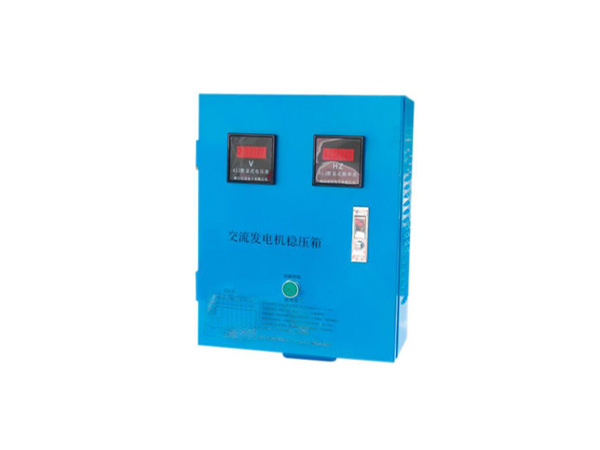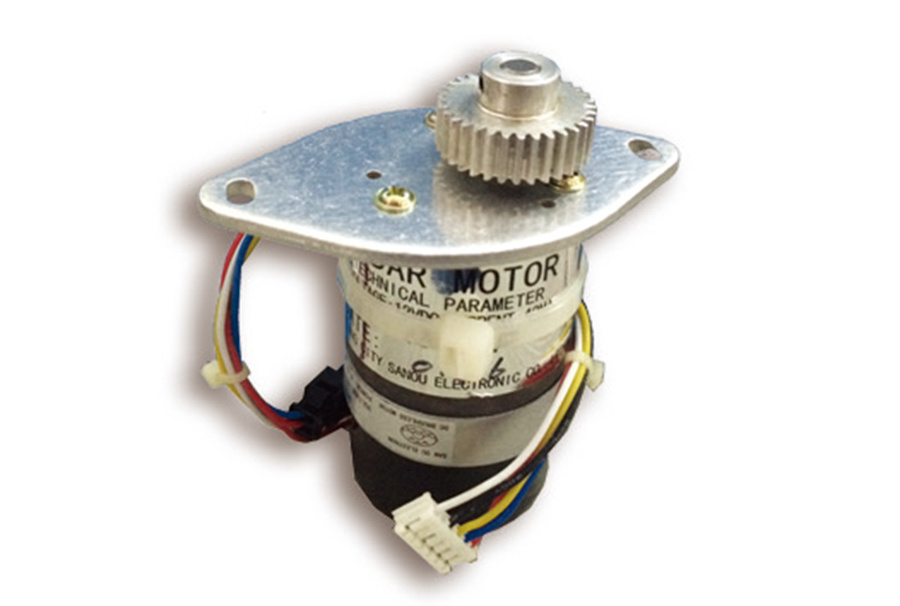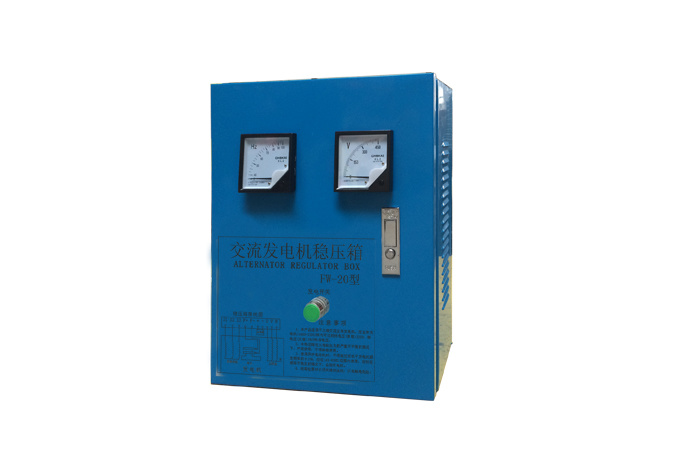News Center
Understanding Marine Radar Socket Plugs: Essential Components for Safe Navigation
At their core, marine radar socket plugs connect radar systems to the ship's electrical systems. These connections allow radar units to receive the power they need to operate, enabling them to send and receive signals that assist in detecting other vessels, navigating through challenging waters, and identifying potential hazards. The reliability of these connections is paramount; any failure could lead to navigational errors and compromise safety at sea.
When selecting marine radar socket plugs, a few critical factors should be considered. Firstly, compatibility with existing radar systems is essential. Different radar systems may require specific types of plugs based on voltage, current, and connector design. Ensuring that the socket plugs are compatible with the radar equipment can prevent operational issues and enhance the overall functionality of the navigation system.
Secondly, the environmental conditions in which these plugs operate are crucial. Marine environments can be harsh, often exposing equipment to moisture, salt, and corrosive elements. Therefore, it is imperative to choose socket plugs that are designed for marine applications and made from materials that withstand corrosion and environmental degradation. Utilizing plugs that meet industry standards can significantly increase the longevity and reliability of the radar systems.
Moreover, regular maintenance and inspection of marine radar socket plugs can help prevent unforeseen failures. Professionals should ensure that connections are secure and free from corrosion, and that any wear and tear are addressed promptly. This proactive approach can enhance the safety and efficiency of maritime operations.
In conclusion, marine radar socket plugs are indispensable components that facilitate the effective operation of radar systems in maritime navigation. Their role in ensuring reliable connections between radar units and power sources cannot be overstated. By understanding their functionality, compatibility, and the importance of maintenance, professionals in the maritime industry can enhance the safety and efficiency of their operations. Investing in high-quality marine radar socket plugs is not just a technical necessity, but a fundamental aspect of ensuring safe navigation on the high seas.
Related News
Understanding the Importance of a 12KVA Frequency Stabilizer in Electrical Systems
In the realm of electrical engineering, maintaining a stable frequency is crucial for ensuring that equipment operates efficiently and reliably. A 12KVA frequency stabilizer plays a vital role in managing electrical systems, especially in environments where fluctuations in voltage and frequency can lead to equipment failure or operational inefficiencies. A frequency stabilizer, as the name suggest
Discover the Unmatched Benefits of the Furuno 1832 Radar Motor for Marine Navigation
Explore the Advantages of the Furuno 1832 Radar Motor Table of Contents Introduction to the Furuno 1832 Radar Motor Key Features of the Furuno 1832 Radar Motor Performance Analysis of the Furuno 1832 Safety Benefits of Using the Furuno 1832 User Experience: Ease of Use and Installation Maintenance Tips for the Furuno 1832 Radar Motor Comparing the Furuno 1832 Radar Mot
Understanding the Functionality and Benefits of a 1 in 4 Out Signal Distributor
A 1 in 4 out signal distributor is a crucial component in various electronic systems, particularly in the realm of optoelectronics. Its primary function is to take a single input signal and distribute it evenly across four output channels. This enables the simultaneous transmission of the same signal to multiple devices or locations, which is essential in applications such as audio/video broadcast




